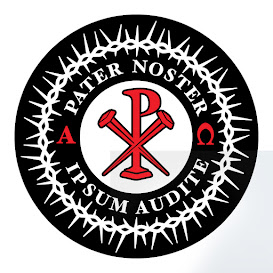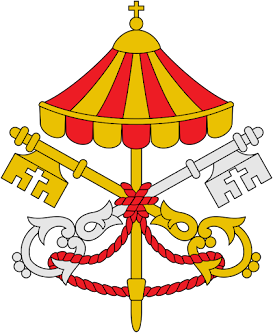



RSS Facebook by Andrea Monda
On the subject of Padre Pio's diabolical torments, Andrea Monda also spoke with a leading Church exorcist.
Besides his millions of devotees, is it not true that Padre Pio also had many enemies?
Don Gabriele Amorth: Padre Pio was much loved, but he also suffered the attacks of some formidable enemies. I am not speaking of his human enemies, who may have been led astray by falsehoods, prejudice or misunderstanding. Padre Pio's real enemies were the demons who besieged him. Contrary to some reports, Padre Pio always respected and esteemed his ecclesiastical superiors, and he always obeyed them, often at the cost of great suffering to himself. The great and constant struggle of Padre Pio's life was with those enemies of God and human souls, the devils who tried to capture his soul.
When did that struggle begin? Was it a physical struggle or a matter of internal visions?
Amorth: The devil is always pure spirit, but in order to reveal himself he takes on aspects which can be most provocative and harmful: fear, seduction, deception. From his childhood, Padre Pio enjoyed celestial visions, but he also experienced terrible diabolical presences. These tormented him in the most frightful forms. They occasionally scourged him with heavy chains, leaving him bruised and bleeding. Sometimes they appeared as gruesome animals. Many biographies recount Padre Pio's encounters with the demons. Did anyone else see these violent attacks? Amorth: Fortunately, Padre Pio himself described many of his encounters with devils. His accounts for his spiritual director in 1911 in the monastery of Venafro are particularly vivid. That was the first time Padre Pio revealed his rich interior life, both his ecstatic visions and his diabolical torments. Sometimes he spoke freely with the Madonna or the Lord, with no realization that other friars might be nearby or listening.
What did Padre Pio tell his spiritual director?
Amorth: The devil would appear to him as an ugly black cat, or in the shape of a truly repugnant animal. The obvious intent was to fill him with terror. Other times demons came as young girls, nude and provocative, performing obscene dances, to test the young priest's chastity. But Padre Pio sensed his greatest danger when the devil tried to deceive him by taking on the form of one of his superiors (his provincial superior or his spiritual director) or in a sacred form (the Lord, the Virgin, or St. Francis).
How did he protect himself?
Amorth: He learned a "rule of thumb," which we also find in the writings of St. Teresa of Avila, and which he taught some of his spiritual followers. He noticed a certain timidity when the Virgin or the Lord first appeared, followed by a sense of peace when the vision departed. On the other hand, a devil in sacred form provoked an immediate feeling of joy and attraction, replaced afterwards by remorse and sadness.
Did Padre Pio experience the presence of the devil in persons who approached him?
Amorth: Yes, in that he could clearly distinguish if a person's soul was possessed by Satan. He would then communicate the danger to that person alone. Crucial moments sometimes occurred in the confessional. During confession, he sometimes made a gesture as if to dispel something. Perhaps he was asking the Lord to liberate the penitent from a temptation or evil habit. St. Alfonsus, who was a master in such situations, suggested that in certain cases confessors could execute a mental mini-exorcism, before even commencing the confession. Many of Padre Pio's most difficult struggles with demons came about as he tried to rescue souls from diabolical possession, whether in the confessional or when he was praying for one of his spiritual followers.
May we consider Padre Pio an exorcist?
Amorth: Padre Pio never performed official exorcisms. He did, however, have an extraordinary discernment for souls in danger. Many persons allegedly possessed by demons were brought before Padre Pio, and his attitude changed with each different case. Let us say he could tell if the possessed was susceptible to liberation or not.
Once Padre Pio liberated a youth by simply pronouncing the words "Begone." But such sudden liberations were extremely rare. Another time Don Faustino Negrini accompanied a young person named Agnese Salamoni, who had been cursed for being the "model girl of the parish" and seized by a sudden diabolical possession. Padre Pio said a simple blessing over her, and that seemed to bear fruit. Don Faustino himself completed the liberation, after 13 years of prayer! It seems that Padre Pio sensed that her time for liberation had not yet come. •
This item 1021 digitally provided courtesy of CatholicCulture.org































Geen opmerkingen:
Een reactie posten